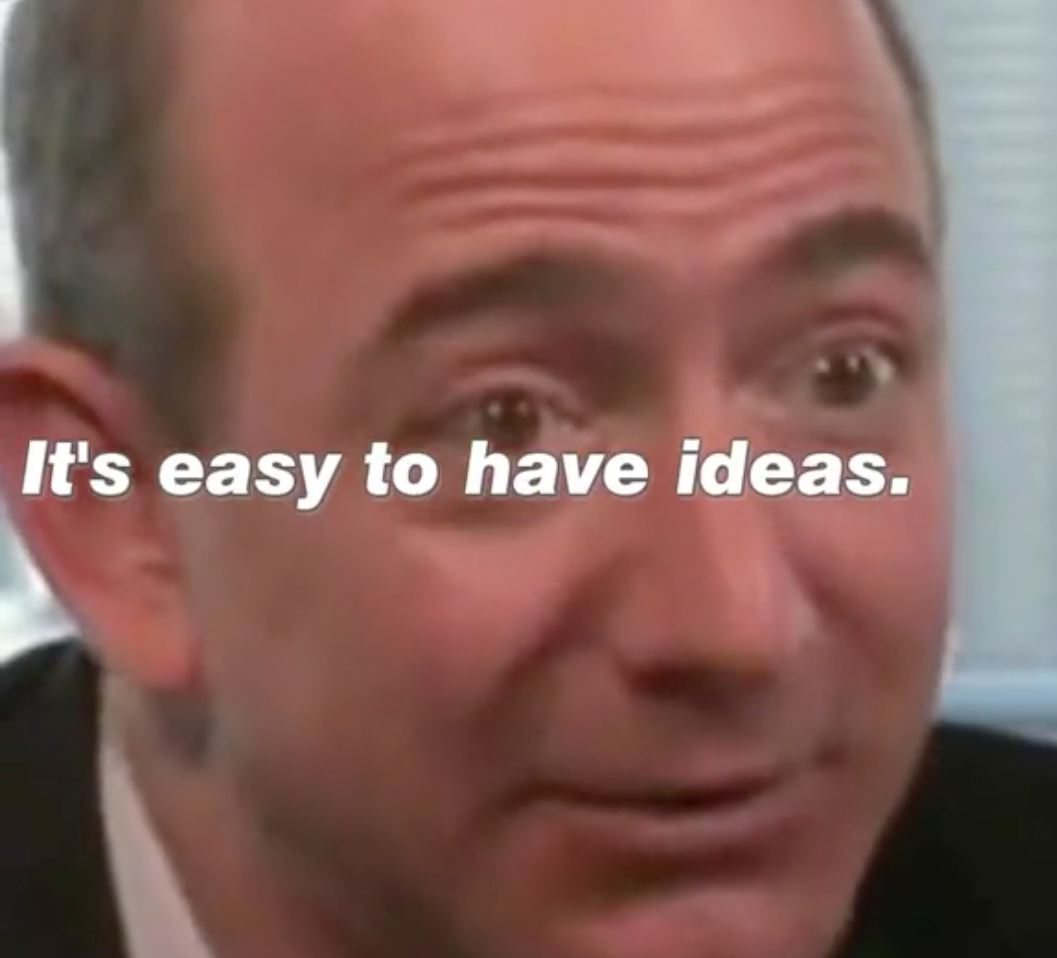
Moving from Software Development to Product Management
Moving from software development to product management is a leap that many developers consider. This move opens doors to new challenges and responsibilities while allowing to have broader impact on…
Continue Reading Moving from Software Development to Product Management


